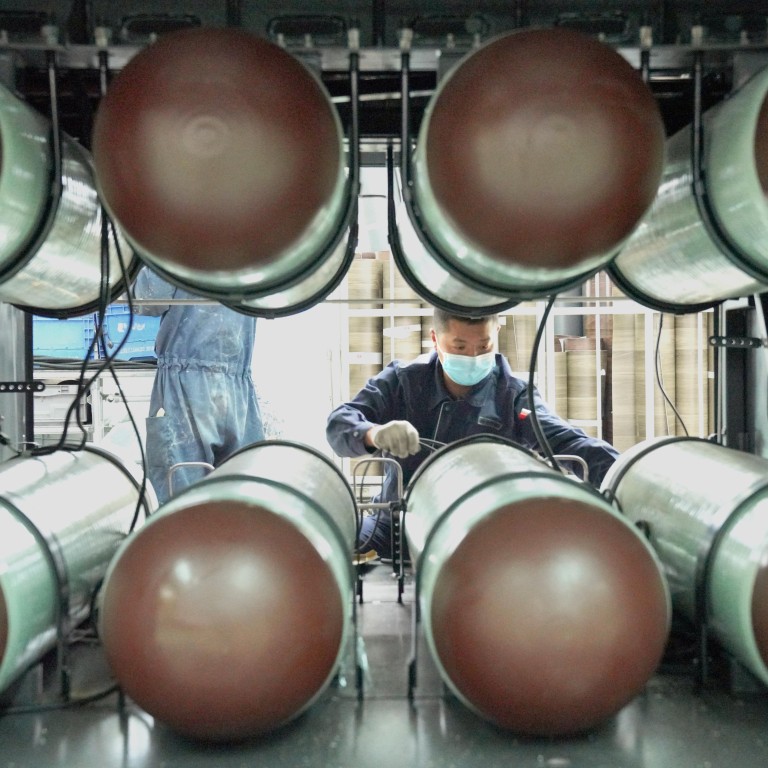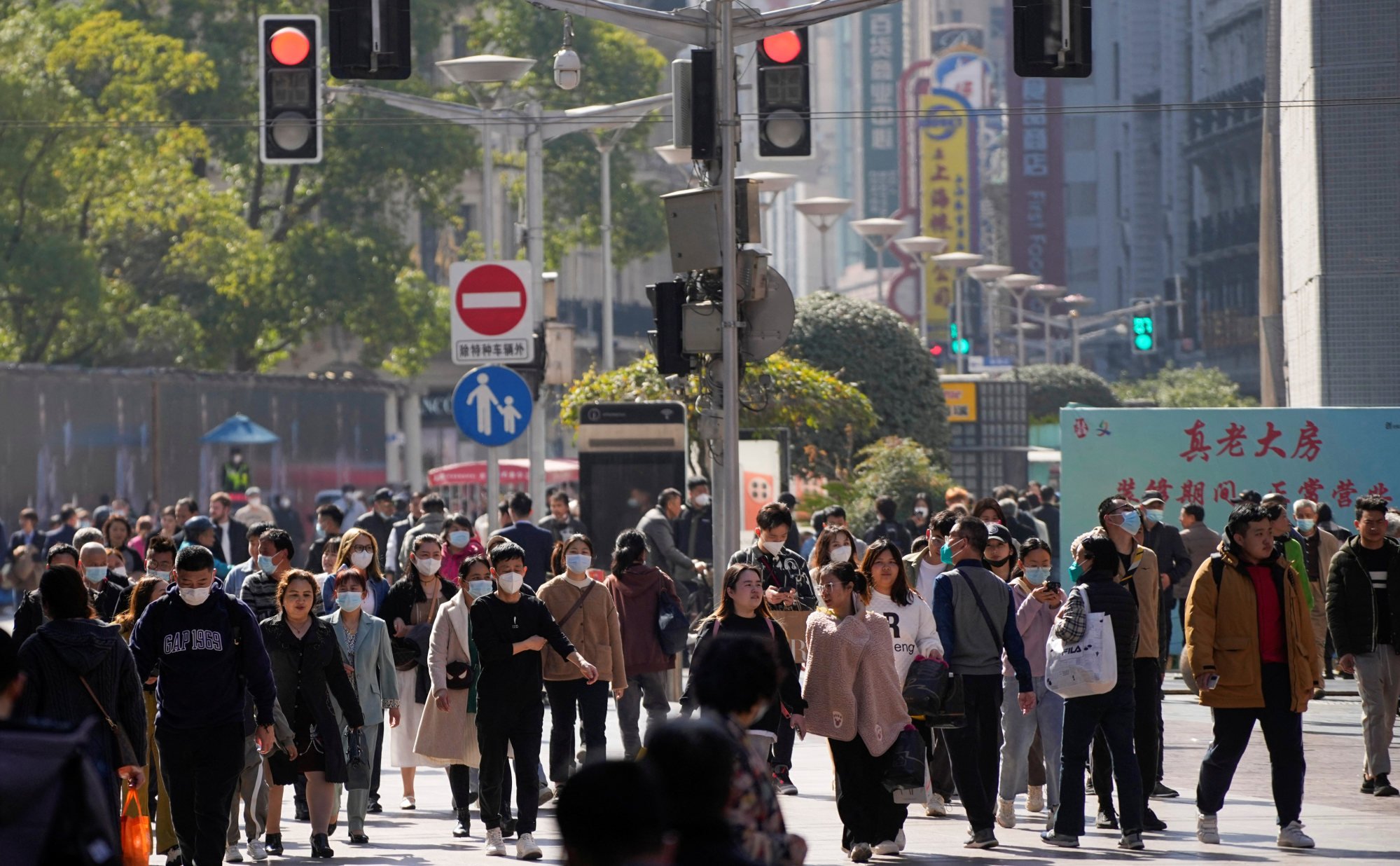
Amid market turmoil, the global economy is not doing too badly
- Economists have raised their expectations for first-quarter growth as data points to the resilience of the global economy and even a building of momentum
- However, the outlook for growth is complicated given that central banks must now balance controlling inflation, the prospect of slowing growth and financial stability risks
But many other things have happened in the background that would have normally garnered attention. Below are some trends that investors may have missed in last week’s deluge of headlines.
The first three months of the year are shaping up to be better for the economy but worse for markets.
Economists have actually raised their expectations for first-quarter economic growth. Much of the economic data received in the last few weeks has pointed squarely towards the resilience of the global economy and even a building of economic momentum.
An economy that is larger than three months ago is good news, especially given where things may be heading. Better growth in the first quarter creates some breathing room for those economies facing pressures from tighter credit conditions and a looming slowdown. Less good is the news is that central bankers have spent the last 12 months raising interest rates as they attempt to slow the economy to bring inflation to heel.

Corporate investment will be a key factor. The fixed-asset investment data was supportive, given that manufacturing and infrastructure investment are increasing year on year, while the pace of decline in real-estate investment has moderated.
Given Asia’s importance to the global goods cycle, the region’s trade in goods is often cited as a barometer for the health of the global industry.
The mixed picture on trade for South Korea and Taiwan, and the potential headwinds for growth if demand from developed markets softens, means that domestic demand will be key to economic activity.
Taiwan exports to India keep rising as rest of world orders less
In recent months, some indicators of the health of the US housing market have improved.
Existing home sales jumped by 14.5 per cent month on month in February, somewhat congruous with the impact that higher mortgage rates should be having on the housing market and after the broader slowing last year.
This is not expected to persist, however, and is likely to relate to a softening in mortgage rates late last year which has since reversed. The recent stress in financial markets could translate to a tightening in credit availability, which would weigh on the housing market.
The official wrap-up on the first three months will not be known for a few weeks yet. Although the broad takeaway is that the economic momentum running into 2023 was stronger than anticipated, the outlook for growth is complicated given that central banks must now balance controlling inflation, the slowing growth outlook and additional pressure around financial stability risks.
Kerry Craig is a global market strategist at JP Morgan Asset Management

